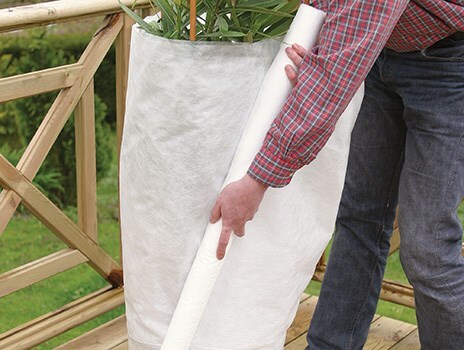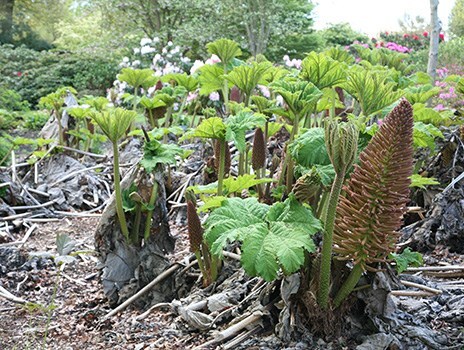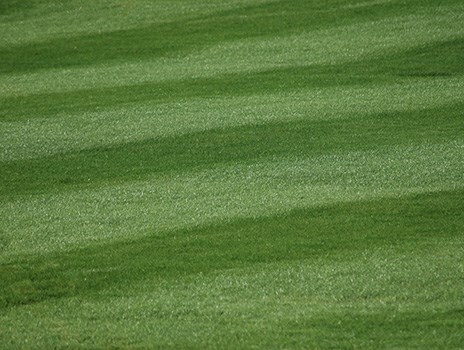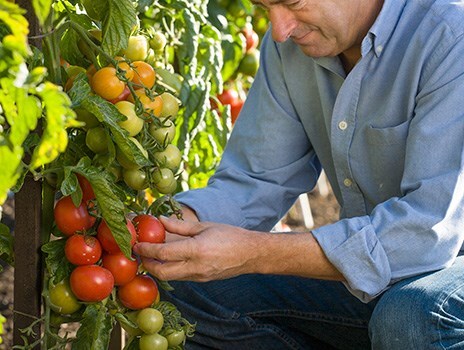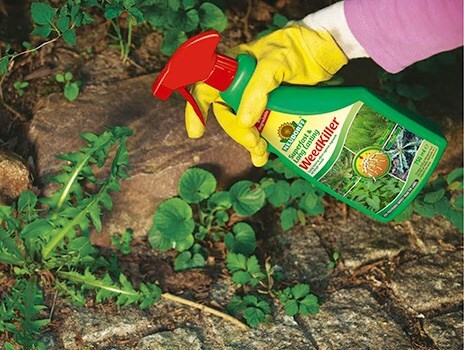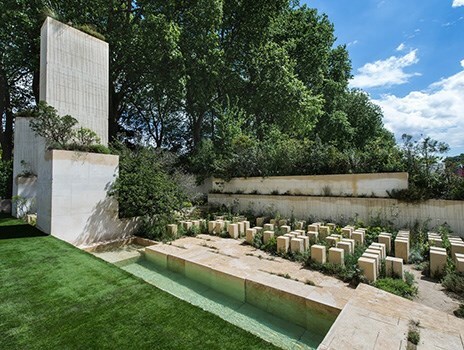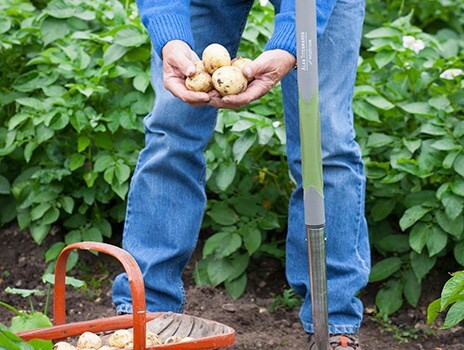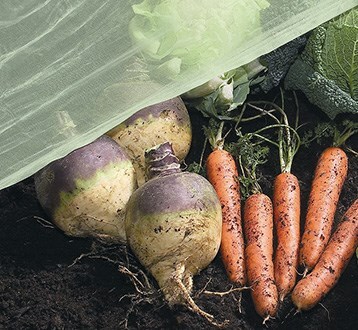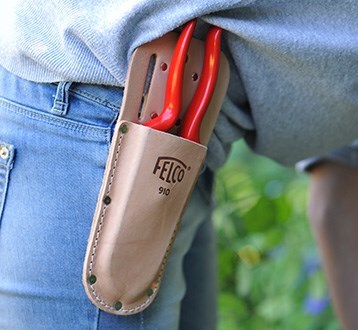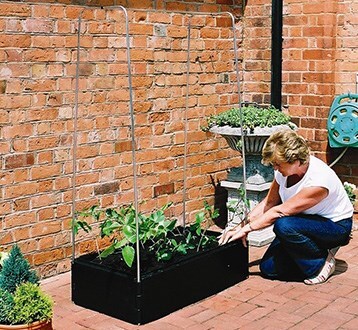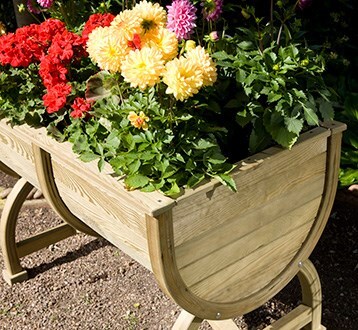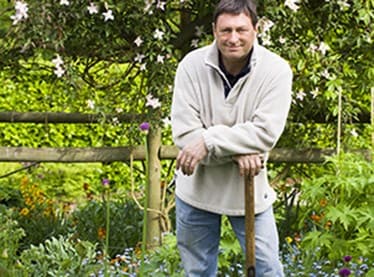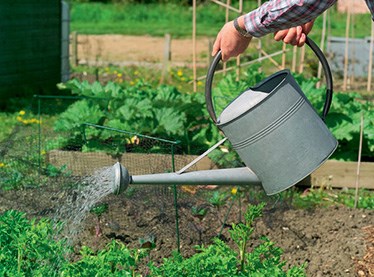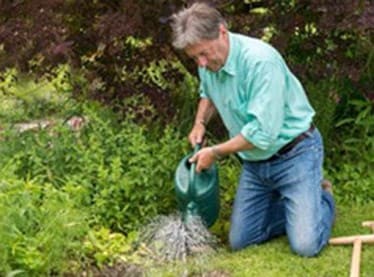Harden-off new plants
Make sure all new additions to the garden are carefully hardened-off in a coldframe or under cloches before planting out, so they do not receive a check in growth when exposed to the harsher conditions outdoors. Remeber; If in doubt, always ask before you buy.
Position the frame or cloches so they receive maximum amounts of sunlight, avoiding low-lying areas that are prone to frosts. Place the plants in the coldframe about a fortnight before you want to plant them out in the garden. Start with the hardiest, such as pansies and cabbage plants which can be planted out during early May and finish off with the most delicate, such as tender bedding plants and vegetables (like sweetcorn and courgettes), that need to be planted out when all threat of frost has passed.
Ventilate for a few hours on mild days to start with then slowly increase the amount of ventilation each day as weather permits. Eventually leaving the top open or cloche ends off all day every day. Be ready to cover the cloche or codframe at night with layers of garden fleece if a sharp frost is forecast.
Position the frame or cloches so they receive maximum amounts of sunlight, avoiding low-lying areas that are prone to frosts.
Time for topiary
Small-leaved evergreens, such as box, are very easy to trim into geometric shapes using a pair of secateurs or cordless electric trimmers.
Start with simple shapes, such as pyramids, balls and cones, before moving onto spirals and furry animals. If you lack confidence, you can get special pre-formed 3-D mesh frames, in a range of animal shapes, including chickens, rabbits and squirrels, that can be placed over a young plant and simply clipped to shape. In time, the mesh will be completely hidden from view, but your animal sculpture will remain clearly defined.
Unwrap tender treasures
With the threat of night frosts receding, it is time to check up on not-so-hardy permanent plants wrapped up for the winter months. It’s a bit like a second Christmas for the gardener.
Container shrubs, such as olive and bay, can have the overcoat garden fleece and bubble-wrap removed from the plant top and pot respectively. While tree ferns and chusan palm in the garden can be lovingly revealed and inspected, with any straw stuffing and dry mulch removed.
As soon as new growth is apparent, tree ferns can be given a boost by applying a special liquid feed. Repeat at weekly intervals throughout the growing season. The cosseted crowns of Gunnera manicata can also have their winter duvet of straw removed.
Growing a new lawn from seed
Thoroughly prepare the site by digging and removing any weeds, large stones and other debris as you go. Roughly rake the soil level, removing any stones that come to the surface and leave to settle. Tread the area carefully, taking tiny steps with the weight on your heels to squeeze-out any air pockets and to create a firm base for the lawn. Carefully rake level once more.
Before sowing, scatter a general fertiliser on impoverished soils and rake it into the surface layer. Divide the area up into 1m-wide strips using garden lines, then use canes to subdivide the strip into 1m squares. Once you have done that, measure out sufficient grass seed for that area using a polystyrene cup. Mark the level on the cup and then cut the cup down using a craft knife to form an accurate scoop to measure the correct amount of seed for each subsequent square-metre.
Repeat the process until the whole lawn area has been seeded. Lightly rake the surface to incorporate the seed and hide it from birds. Protect the seedbed using bird-proof netting and water thoroughly if it doesn’t rain. Do not use the lawn for at least three months.
Pot to plate; grow your own vegetables
It’s not too late to have a go at growing vegetables. If you only want a few plants, tomatoes or peppers to fill a growing bag for example, you would be better off buying them as plants now.
A wide range of other veg can be raised from seed. If your soil is heavy and wet, cover it with polythene to keep off the worst of the weather, help warm the soil and encourage weed seedlings to germinate. These can then be skimmed off with a garden hoe before sowing your vegetable seed. Put out cloches a fortnight before sowing to help warm the soil. Or you could use clear polythene to cover the whole bed. Simply make 5cm-high furrows across the seedbed with the corner of a hoe or rake.
Then sow seed in the bottom of each furrow before covering the whole area with a sheet of clear polythene, buried at the edges to keep it taught. Remove the polythene once the seedlings emerge.
War on weeds
It is essential to keep weeds under control this month. By preventing them from flowering and setting seed, you will reduce the amount of weeding later in the year and for many years to come.
Remove perennial weeds, complete with root, by lifting with a hand fork or special weeder – long-handled versions make this a lot less back breaking. You can also use a selection of organic weed killers to help contain the problem.
For flushes of annual weeds between rows of crops, the job is a lot more efficient using a traditional garden hoe to skim through the surface of the soil. If the weather is set fair, uprooted annual weeds can be simply left on the surface to wither.
Be inspired by the RHS Chelsea Flower Show
It’s the greatest show on earth if, like me, you have a passion for plants and more than a passing interest in good garden design.
Each year, new flowers are launched while others are rediscovered as gardening fashions turn full circle. Many new plants fall by the wayside, of course, but the best become garden stalwarts.
One of the best innovations at the Chelsea Show in recent years, has been the introduction of many smaller gardens. This not only gives new and contemporary designers a chance to show what they can do on a limited budget, but it also allows more visitors to see a wide range of planting ideas at close proximity.
Monthly checklist
- Plant evergreens and conifers
- Prune spring-flowering shrubs after flowering
- Plant up hanging baskets and patio containers
- Shade and ventilate the greenhouse
- Feed tomatoes as fruits swell
- Sow French and runner beans
- Earth-up new potatoes
- Pinch out the tips of broad beans
- Trim privet and Leyland cypress
- Sow perennials at the end of May

